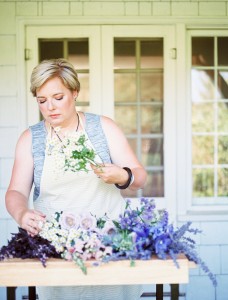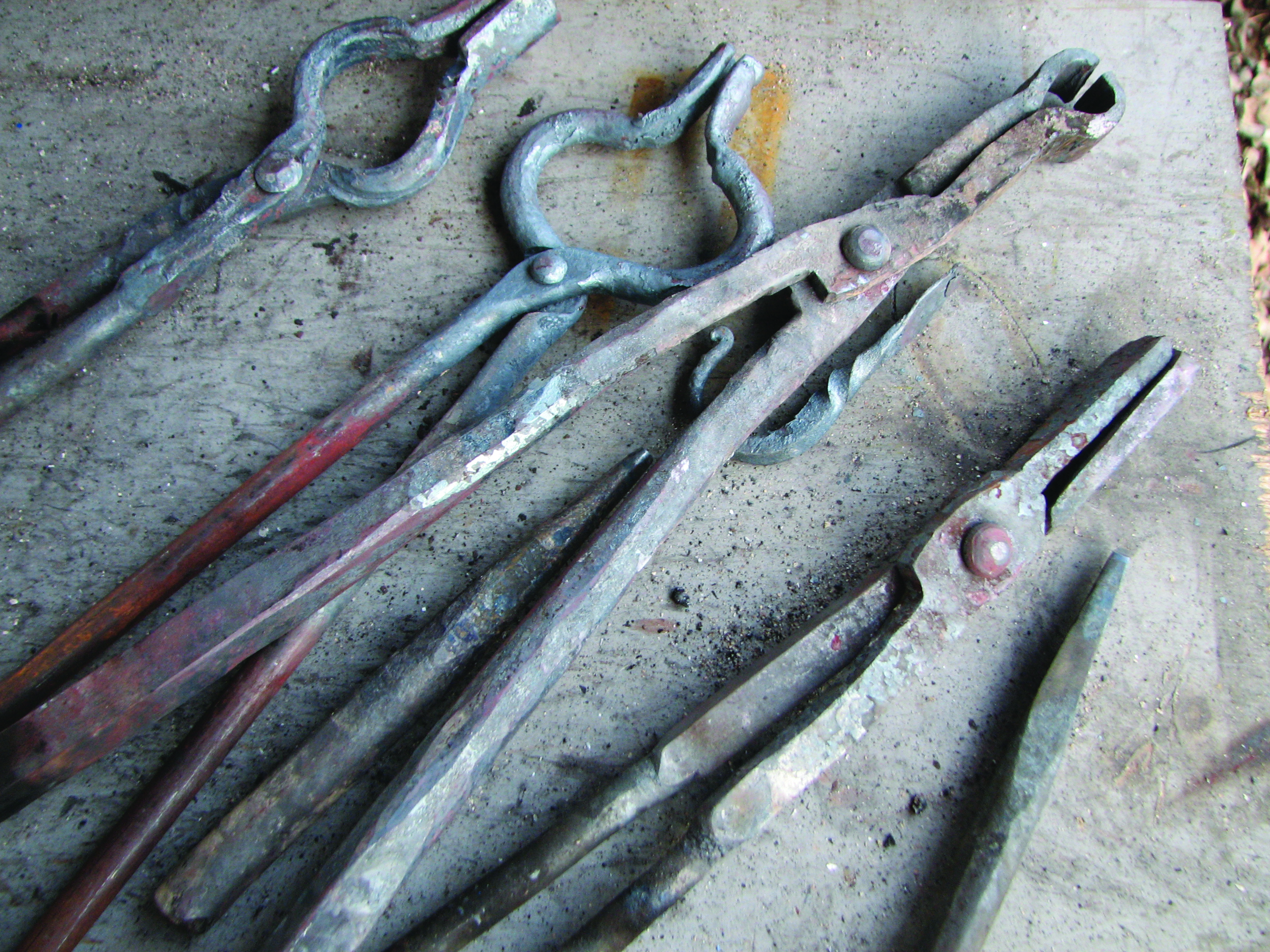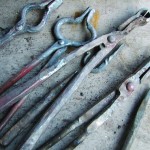Beaumont House Design: Telling your love story with flowers
 By Claire Stuart
By Claire Stuart
Whether it’s a single lovely bloom, a bouquet, or a whole garden, flowers have a certain magic that elicits smiles and happiness, and there’s no happier occasion for flowers than a wedding. As a floral designer specializing in weddings and events, Julie Wheeler Abrera radiates enthusiasm when she talks about her work. She understands how important flowers are to a bride and believes that every bride “needs to feel amazing and wonderful with everyone on her team of wedding vendors.”
Growing up in Berryville, Abrera always loved flowers and trees. “Gardening is in my DNA,” she says. “Mom was an avid gardener — Dad, too. But at 18, I never would have thought that I’d be doing this.”
Actually, Abrera took a vastly different path before returning to her figurative and literal roots. For 20 years, she lived in Alexandria, working in management of nonprofits involved with humanitarian projects like affordable housing and school nutrition programs. She was proud of her work, yet felt that something was lacking in her life.
Pondering a career change, Abrera thought about how she had always enjoyed working with flowers. It could be possible to make people happy while bringing herself the joy that creative people seek in
their work.
She decided to take some classes at FlowerSchool New York while still working, “to see if I could seriously do this for a career.” FlowerSchool New York offers floral design classes on a host of topics, from beginner’s level through the latest new design styles for experienced professionals. Intensive workshops are taught by top floral designers from all around the world.
“It’s a wonderful place to hone your skills,” said Abrera, “and discover the things you are good at.”
Abrera came away convinced that she could be successful, and launched her own studio, Beaumont House Design, in 2013. The first wedding she booked was for a friend of a friend in Alexandria. She recalls that she felt tremendous pressure to make her flowers live up to the bride’s expectations, and she was happy to report that the bride loved them.
Her business has continued to grow through brides referring her to friends and through social media. She does a lot of networking, building relationships with photographers, wedding planners, caterers and other wedding vendors. She joined the Ashburn chapter of the Rising Tide Society, a national online creative community with local chapters. They offer business webinars, educational opportunities, and ideas for creative entrepreneurs, and they meet in person once a month.
Abrera enjoys the challenge of constantly stretching herself to learn more. “Working with flowers, you are always learning new things and practicing,” she reported. “You have never completely mastered it.”
She recently attended a workshop in Bethesda
learning a new technique for making flower crowns. She follows Ponderosa and Thyme, an Oregon fine-art wedding and event floral boutique online. She was so taken with a picture of a bouquet they posted that she contacted them. When it was announced that they were giving a workshop, she quickly grabbed a spot before they sold out and flew out to Oregon
to participate.
Abrera loves creating everything from wrist corsages to floral arches. She shared a photo of a stunningly beautiful arch made for a wedding, using a trellis base covered with chicken wire, into which the flowers were placed. “I did one with eight or nine hundred individual blooms,” she said. “Each bloom is in a flower pick with water to keep it fresh.”
She also loves to teach. She has held wreath-making workshops and looks forward to doing some flower
crown workshops.
Some of her flowers are gathered from her own cutting garden, which she started just this year. She pointed out a stack of seed catalogs and noted that she is taking what she learned this year into her planning for next year. She also enjoys foraging for wild flowers and green accent plants in the fields near her Clarke County home. “I always keep clippers and a basket in the car,”
she declared.
Other flowers are purchased, and she buys as many locally-sourced flowers as possible. Additional flowers come from a wholesaler in Baltimore, where flowers from all around the world are available. She buys a lot of flowers from Greenstone Fields in Purcelville, where they raise over 90 varieties of flowers and something beautiful is available throughout the growing seasons.
“Greenstone Fields raises their flowers using organic methods,” she said. She noted that this is especially important for weddings, so that the clients will not have to be concerned about pesticides on
the flowers.
Of course, Abrera admits that production work can be stressful, particularly on the wedding day. “I might have 20 centerpieces to pack and load safely,” she explained. “My husband Richard helps me with deliveries. He is the vice president of logistics!”
Abrera likes to form a relationship with every bride-to-be, inviting her to bring her ideas, lists of favorite flowers, and dreams of what she wants her special day to look like. She reports that she has never experienced a “Bridezilla.”
“All the brides I have worked with have been wonderful and appreciative. I love to present the bouquet to the bride. I want to be her personal connection with the flowers. When the bride says, ‘It’s what I imagined,’ it makes me float!”
Visit her website at
beaumont-house.com or call 703-801-3529; studio hours by appointment.



 Story and photos by Claire Stuart
Story and photos by Claire Stuart